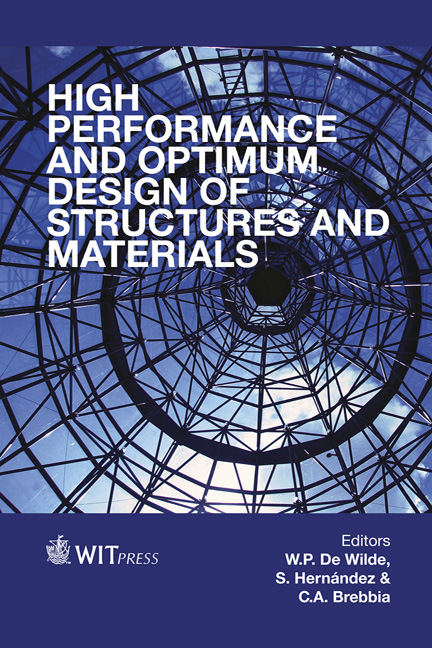Prediction Of Roll Separating Force In A Roll Pass Design Of Micro-alloyed Steel Rods
Price
Free (open access)
Transaction
Volume
137
Pages
13
Page Range
67 - 79
Published
2014
Size
627 kb
Paper DOI
10.2495/HPSM140071
Copyright
WIT Press
Author(s)
T. El-Bitar, M. El-Meligy & E. El-Shenawy
Abstract
The aim of the present work is to validate a constitutive model for the prediction of roll force during rebar steel processing. Roll force is considered as an important segment in the process of design dog bone and slit pass grooves. Actual readings from the industrial rolling field were fed to the model to verify the precision of calculation by model. During the rolling process, the steel section changes from pass to pass, i.e. round-oval-round. The contact angle between the stock and roll ram was divided into six equal segments instead of a complicated process. The model is based on two dimensional plane strain deformation. The contact area is divided into six zones with the same angles dimension. Width, height, velocity, coefficient of friction, strain, strain rate, flow stress and finally rolls separating force are calculated at each of the six points on the roll surface. Mean values for each pass can then be numerically calculated. The coefficient of friction is computed as a function of temperature as well as velocity. Shida’s constitutive equation and its modification by Y. Lee are used to calculate the flow stress Nb-V-micro-alloyed steel. Calculated flow stress increases continuously with the increase of both strain and strain rate. On verification of results, it is noticed that measured flow stresses are higher than that calculated by a value ranging 30–40 MPa. Inside the roll gap, both flow stress and roll separating force show a steep increase with the increase of the contact angle, and the highest values are obtained at the outgoing point. Keywords: bar rolling, separating roll force, flow stress, strain rate, accumulative strain, contact angle, round-oval roll pass.
Keywords
bar rolling, separating roll force, flow stress, strain rate, accumulative strain, contact angle, round-oval roll pass.





